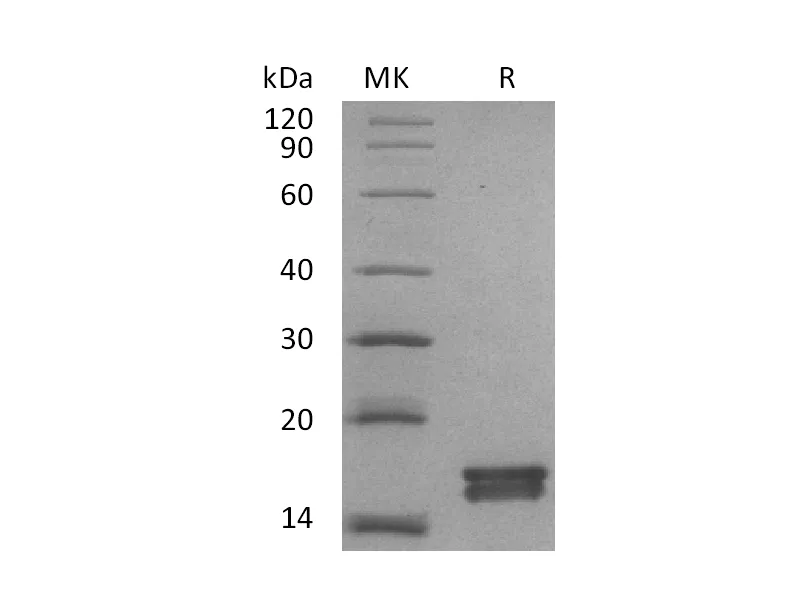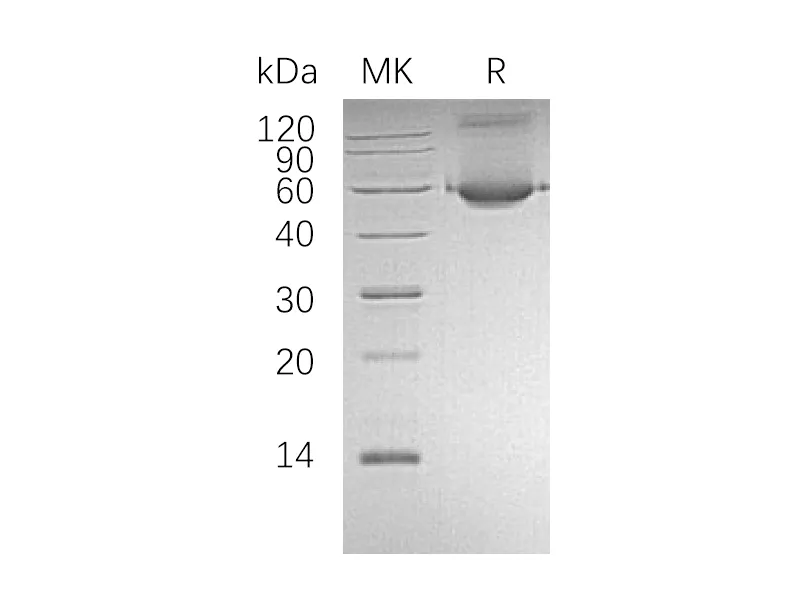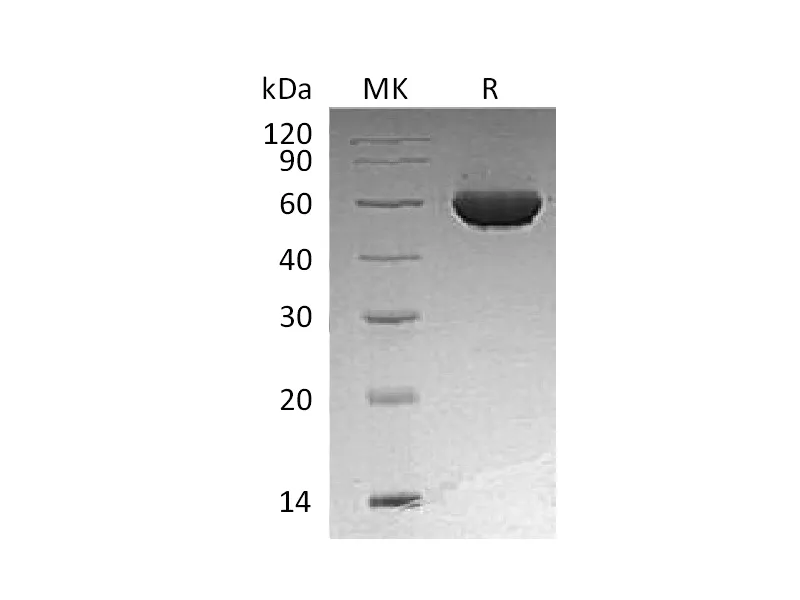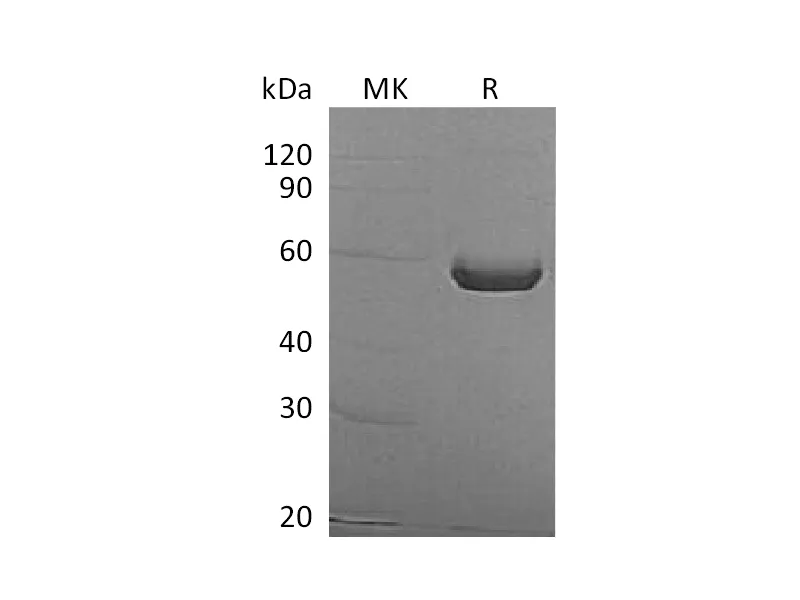Alternative Names
Monocyte Differentiation Antigen CD14; Myeloid Cell-Specific Leucine-Rich Glycoprotein; CD14
Background
CD14 is a cell surface glycoprotein that is preferentially expressed on monocytes/macrophages. CD14 is anchored to cells by linkage to glycosylphosphatidylinositol (GPI) and functions as a pattern recognition receptor that binds lipopolysaccharides (LPS) and a variety of ligands derived from different microbial sources. The binding of CD14 with LPS is catalyzed by LPS binding protein (LBP). Toll like receptors have also been implicated in the transduction of CD14-LPS signals. Soluble CD14 can be released from the cell surface by phosphatidyinositolspecific phospholipase C and has been detected in serum and body fluids. High concentrations of soluble CD14 have been shown to inhibit LPS mediated responses. However, soluble CD14 can also potentiate LPS response in cells that do not express cell surface CD14.
Note
For Research Use Only , Not for Diagnostic Use.




